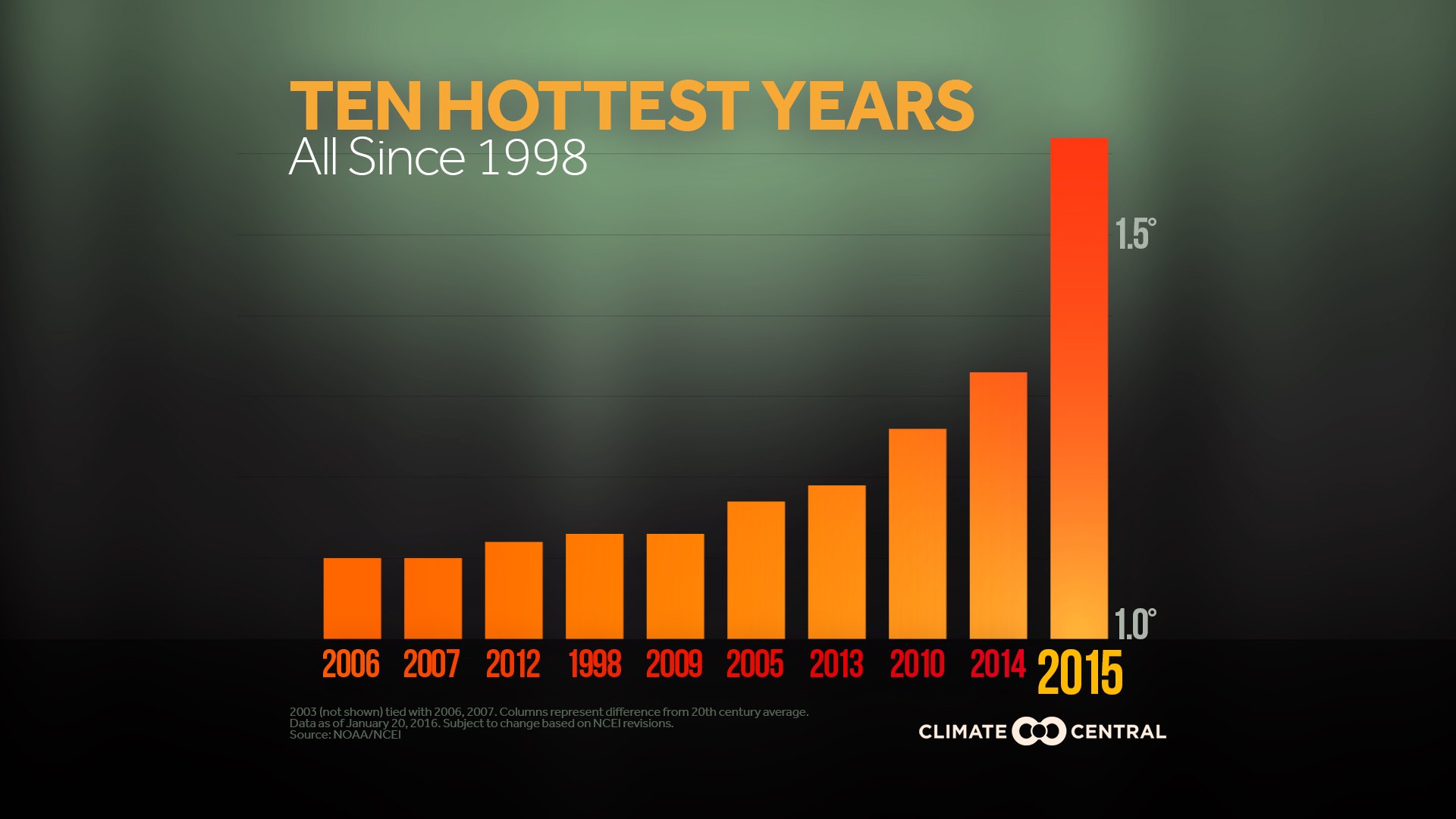Greenhouse gas emissions have stabilized, but global temperatures continue to rise.

The volumes of global emissions of carbon dioxide into the atmosphere practically did not change over the past three years, despite the high rates of economic development. Now mankind has a chance to record recent successes and, most importantly, to improve these indicators.
On November 14, the Global Carbon Project published an annual analysis of trends in the global carbon cycle, noting the continued slowdown in emissions growth.
')
Global carbon dioxide pollution from fossil fuels and industry increased by more than 3% per year in the 2000s, but growth slowed in 2010. Over the past three years, the amount of CO 2 in the atmosphere has stabilized at 36.4 billion metric tons. The reason for both the growth in the 2000s, and the subsequent stabilization, researchers believe the activities of China. Coal consumption growth slowed in 2012 in this country. The United States made a significant contribution to stabilization in 2012, 2015 and 2016.
China produces 29% of global carbon pollution. In addition, the ups and downs of the Chinese economy directly affect the growth of global emissions. Their number decreased by 0.7% in 2015. According to forecasts, this figure will decline by another 0.5% in 2016.
“It is difficult to say whether the slowdown occurs due to the successful and“ smooth ”restructuring of the Chinese economy, or is it a sign of economic instability. However, a sudden reduction in emissions gives hope that the world's largest emitter of gases can reduce them even more, ”says Glen Peters, one of the authors of the study.
The global decline since 2007 is influenced by the United States. In 2015, growth declined by 2.5% and is projected to decline by another 1.7% this year. Against the background of a significant reduction in fossil coal consumption over the past two years, oil and gas consumption has increased. This country is the second largest source of CO2 pollution. Its share is 15% of the global contribution.
Some researchers believe that the election of Donald Trump to the presidency of the United States may have an impact on the increase in global CO 2 pollution. It is not at all clear whether the reduction of emissions from the United States will continue under Trump, since he was going to abandon the environmental policy of the Barack Obama administration, including the Clean Energy plan .
Peters is in a hurry to dispel doubts about this: “If you focus on the results of elections in the United States, it is worth noting that the energy of the Sun, wind and gas continues to shift coal in American electricity production. Trump's plans to rebuild the coal industry are not able to counteract existing market forces that weaken coal. ”
In 2015, in the European Union, rates rose by 1.4%. According to analysts, such a small surge in the long term will not lead to a subsequent increase in the amount of pollutants in the atmosphere. An unexpected jump is associated with an increase in gas consumption. 28 EU Member States own 10% of global emissions.
Positive trends in Europe, China and the United States overlap with the results of India and other developing countries. On average, over the past decades, emissions have increased by 6% each year. In 2015, this figure increased by another 5.2% and continues to grow. In principle, this result is consistent with India’s long-term plan to double domestic coal production by 2020. They account for 6.3% of CO2 emissions.

At the same time, global warming continues to increase its pace. According to preliminary data from the World Meteorological Organization (WMO), 2016 will be the hottest year in the history of meteorological observations. Experts recorded an increase in the average temperature of 1.2 degrees Celsius.
This result is already close to the limit set by the global agreement on climate change adopted in Paris last year. He calls to keep the temperature rise within 1.5-2 degrees Celsius. WMO claims that 16 of the 17 hottest years are from this century. The only exception was 1998, which at the same time was the year of El Niño .
According to Petteri Taalas, head of the World Meteorological Organization, in the Arctic part of Russia, the air warmed by 6-7 degrees above the average temperature. “We’ve become accustomed to changing temperatures by fractions of a degree, but that’s different,” he notes.
Environmental groups and climate scientists said the report underscores the need to rapidly reduce emissions of carbon dioxide and other greenhouse gases that are responsible for warming the planet.
Professor Corin Le Ker, director of the Tyndall Center at the University of East Anglia, noted that some of the CO2 emissions are absorbed by the ocean and the trees. The reason for the rise in temperature in 2015 and 2016 lies in the fact that at this time the trees could not absorb more carbon dioxide due to the dry conditions associated with El Niño. “The level of CO 2 in the atmosphere has exceeded 400 parts per million of volume and continues to rise. This makes the planet warm up until the amount of emissions drops to zero, ”she believes.
According to Peters, emissions growth in the next few years will depend on whether the principles of energy and climate policy can consolidate the positive trend and significantly increase the desire of countries to align their actions with the temperature goals of the Paris Agreement.
The output of the Global Carbon Project in the field of global atmospheric pollution with carbon dioxide and its impact on the atmosphere, the earth and the ocean is one of the main tools of the scientific community, designed to combine measurements and statistics on human activity with the analysis of the results of modeling.
The work was published in the journal Earth System Science Data November 14, 2016
DOI: 10.5194 / essd-8-605-2016
Source: https://habr.com/ru/post/399109/
All Articles